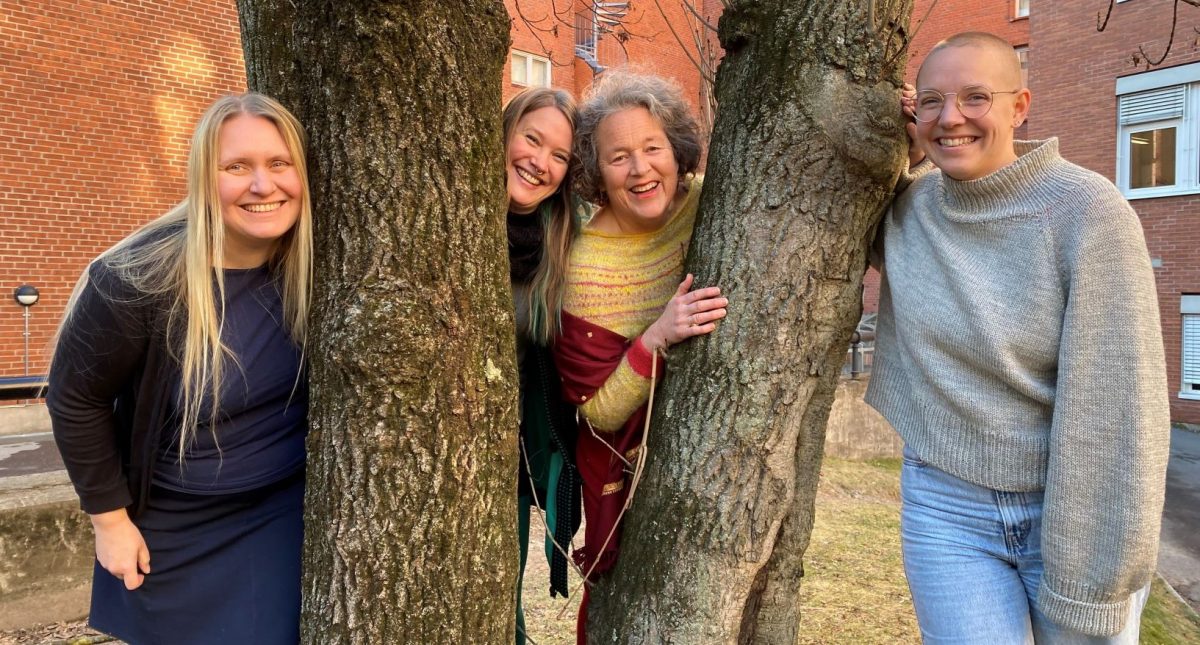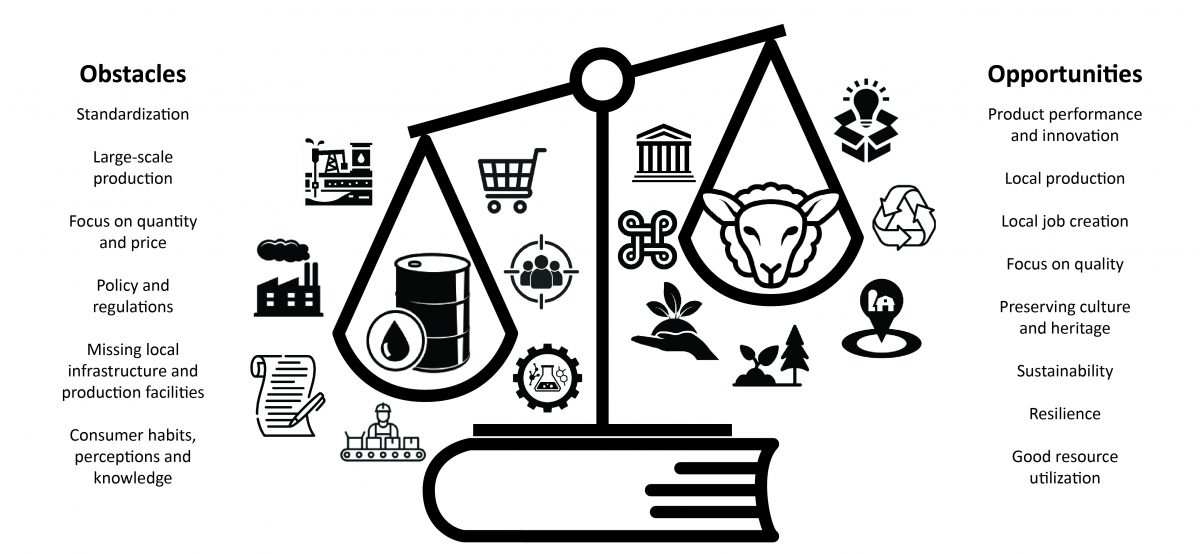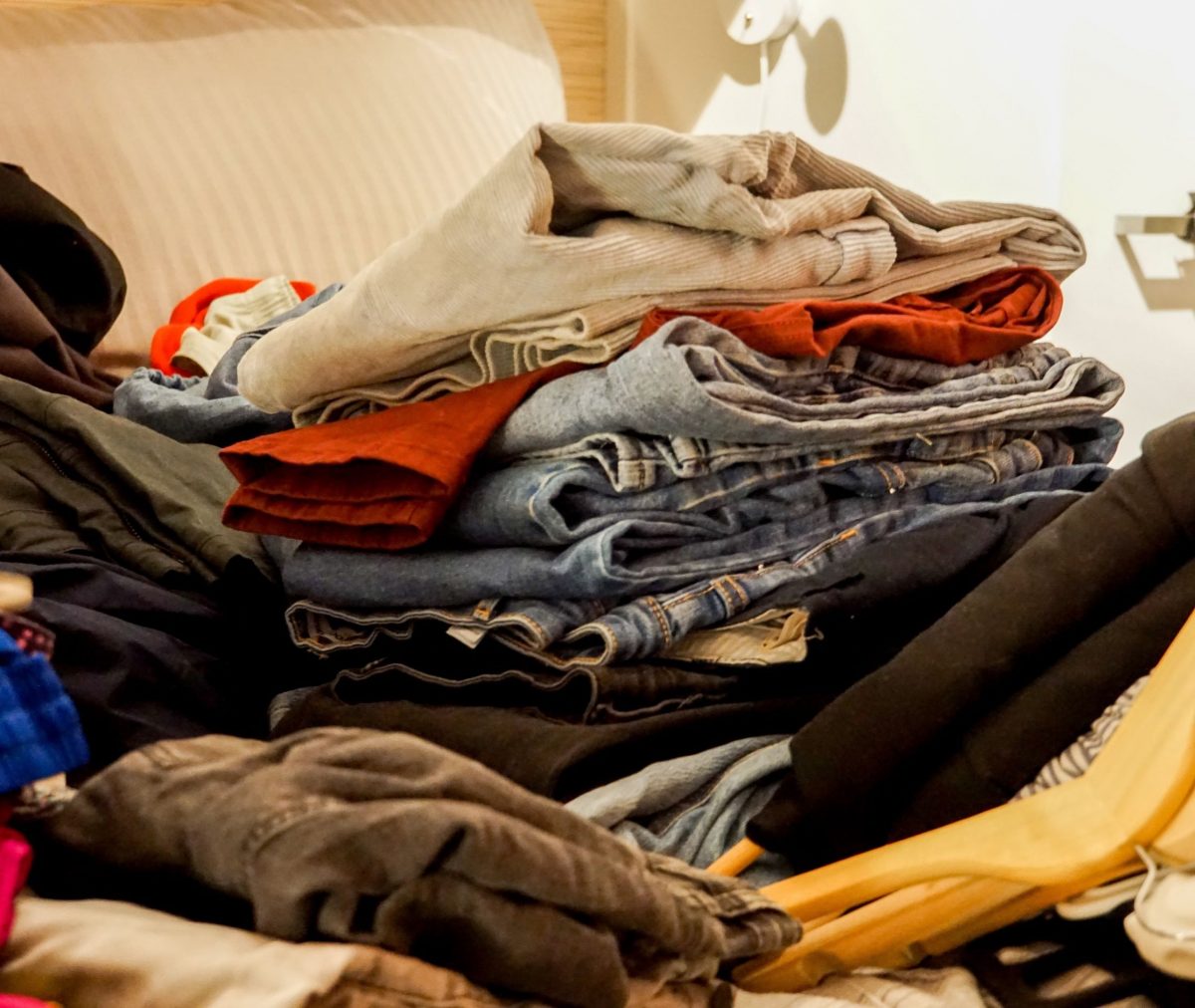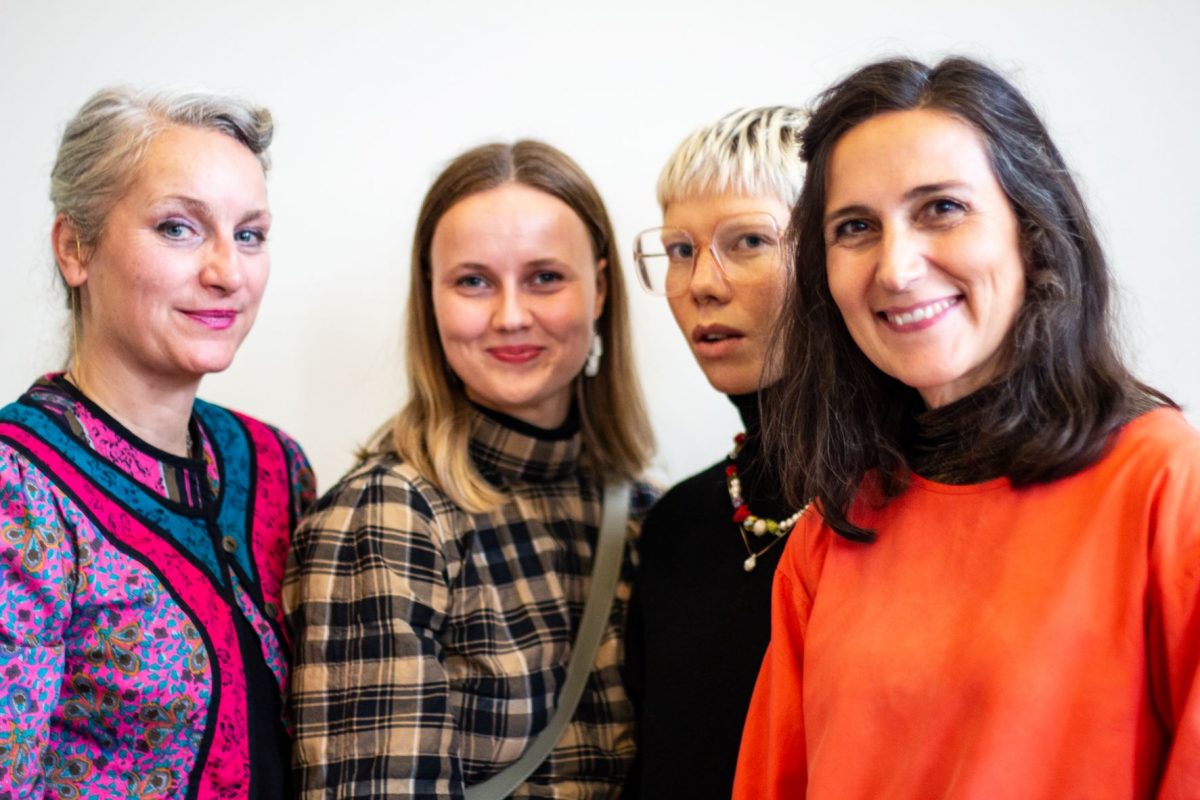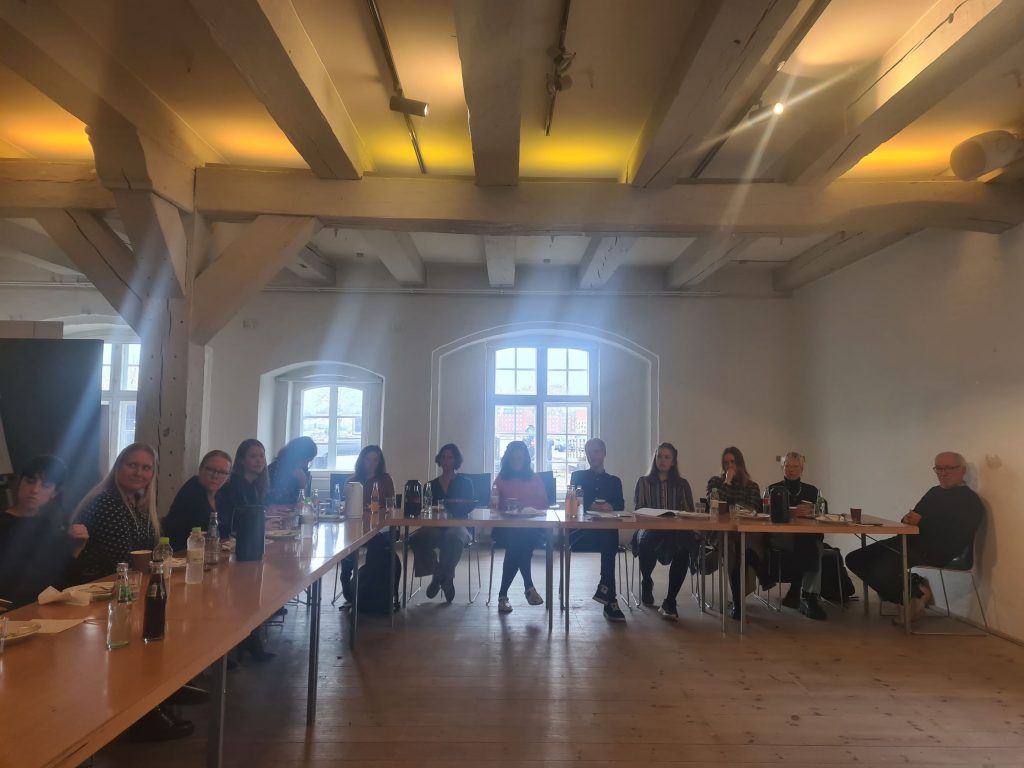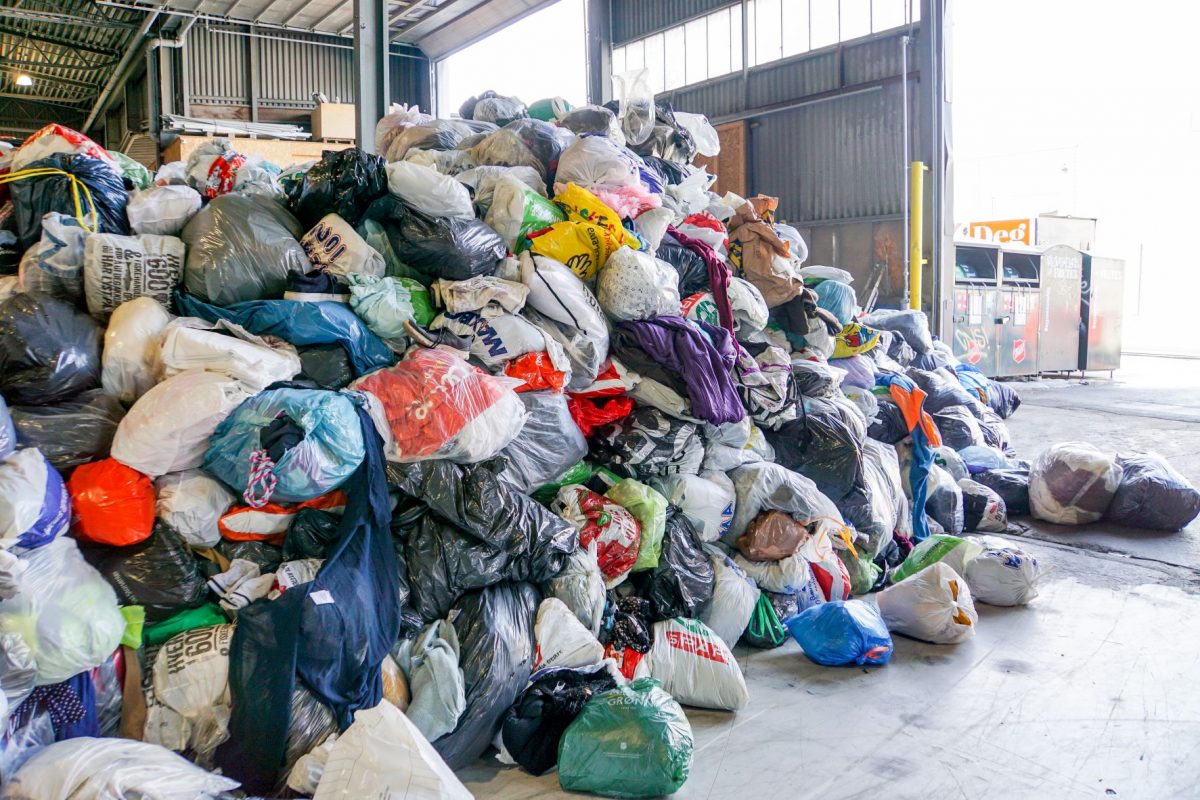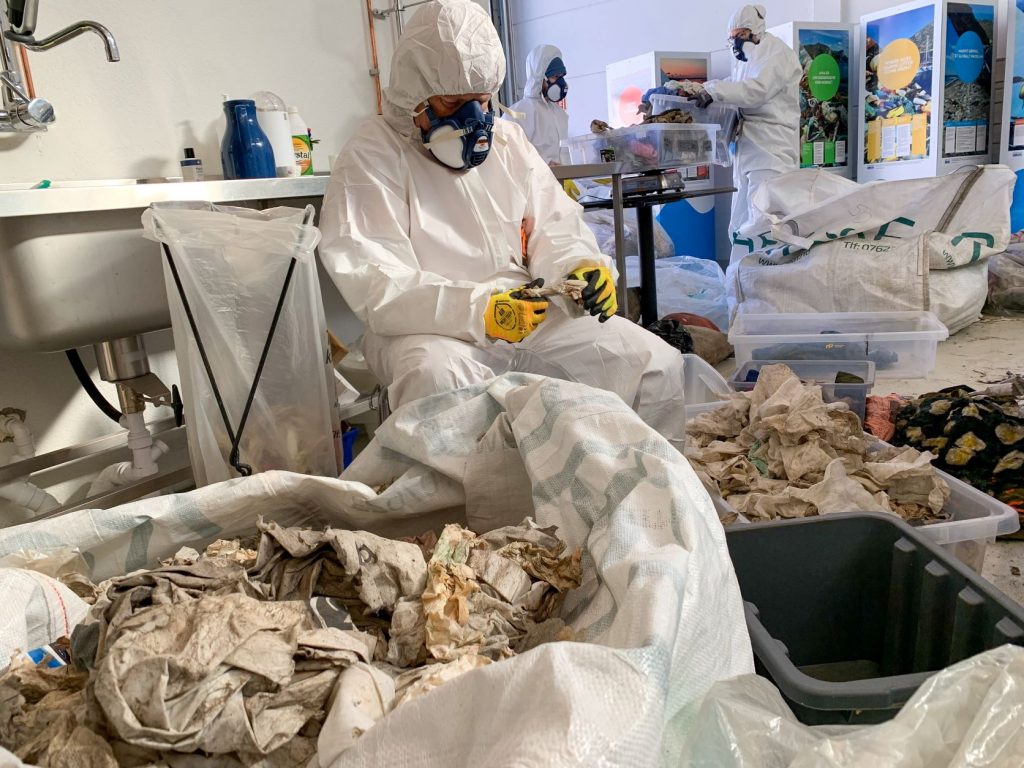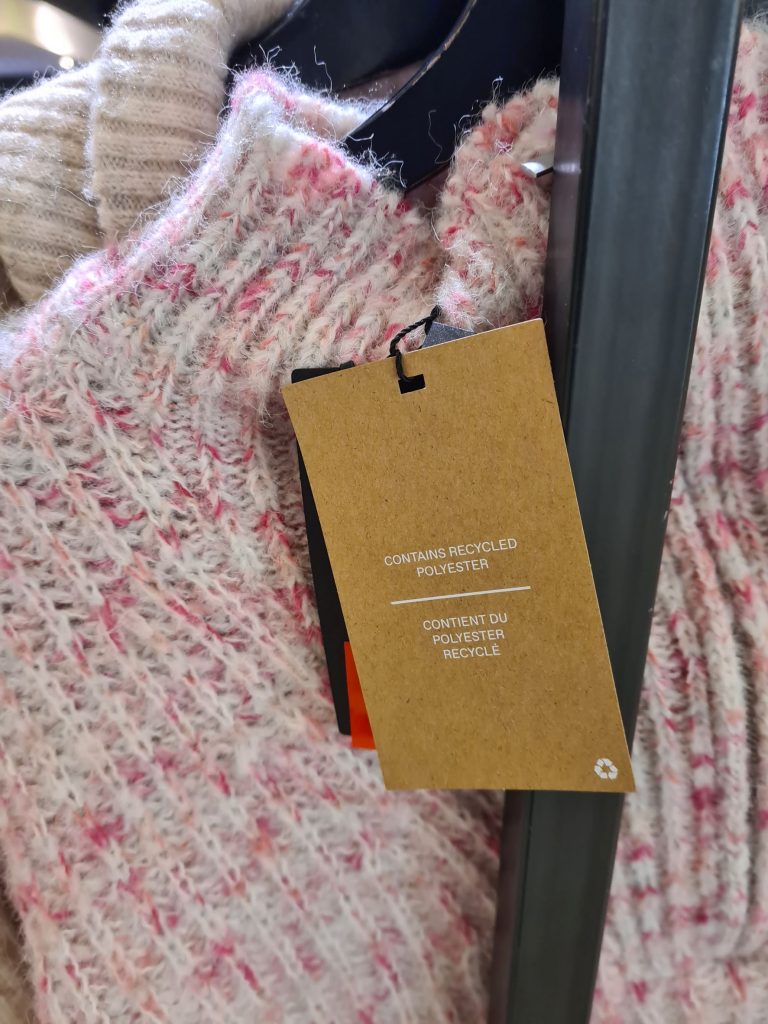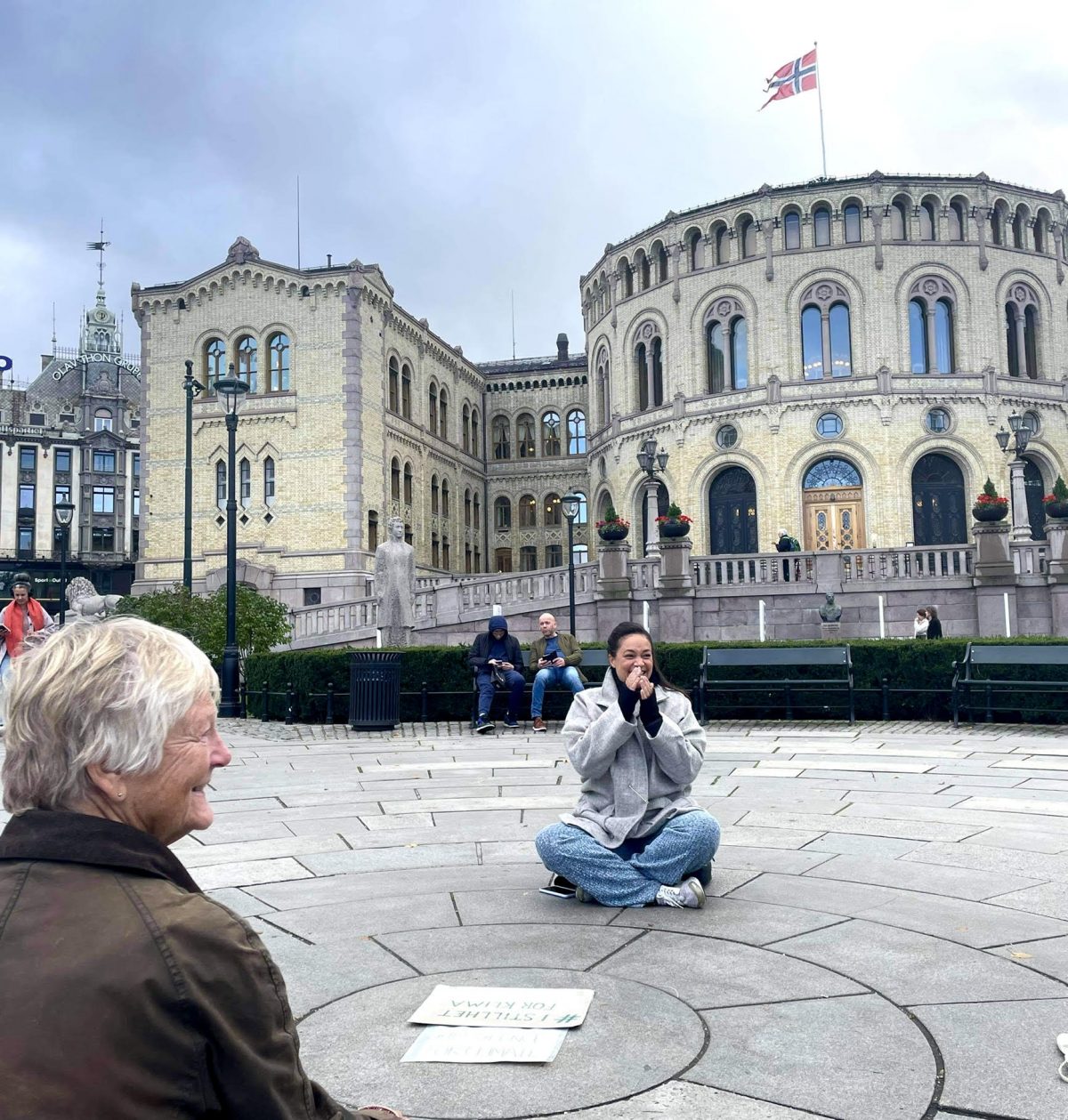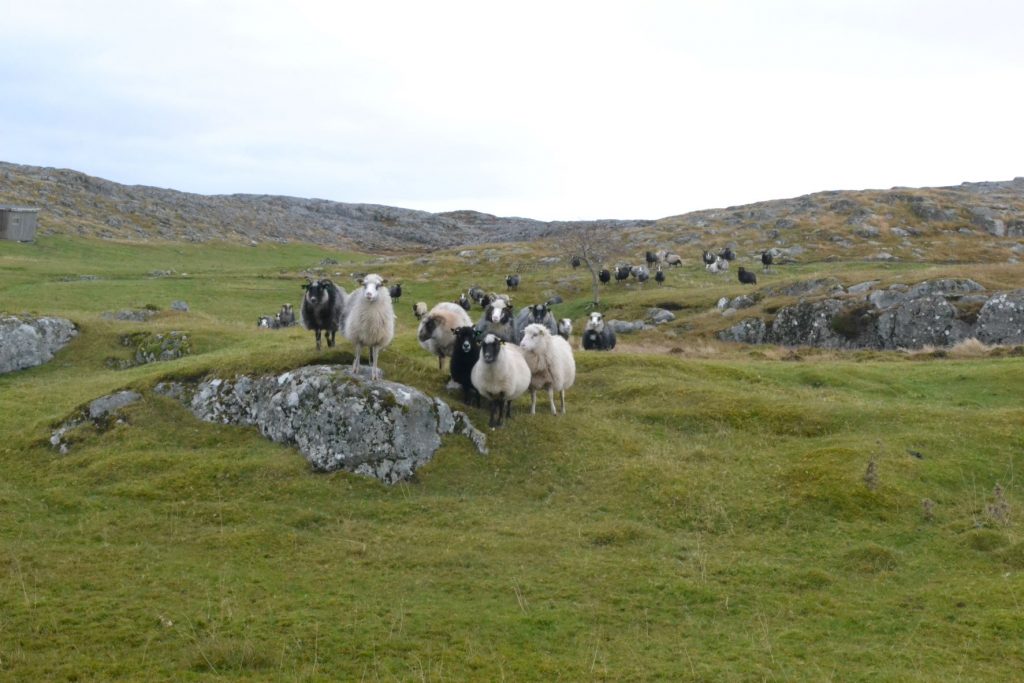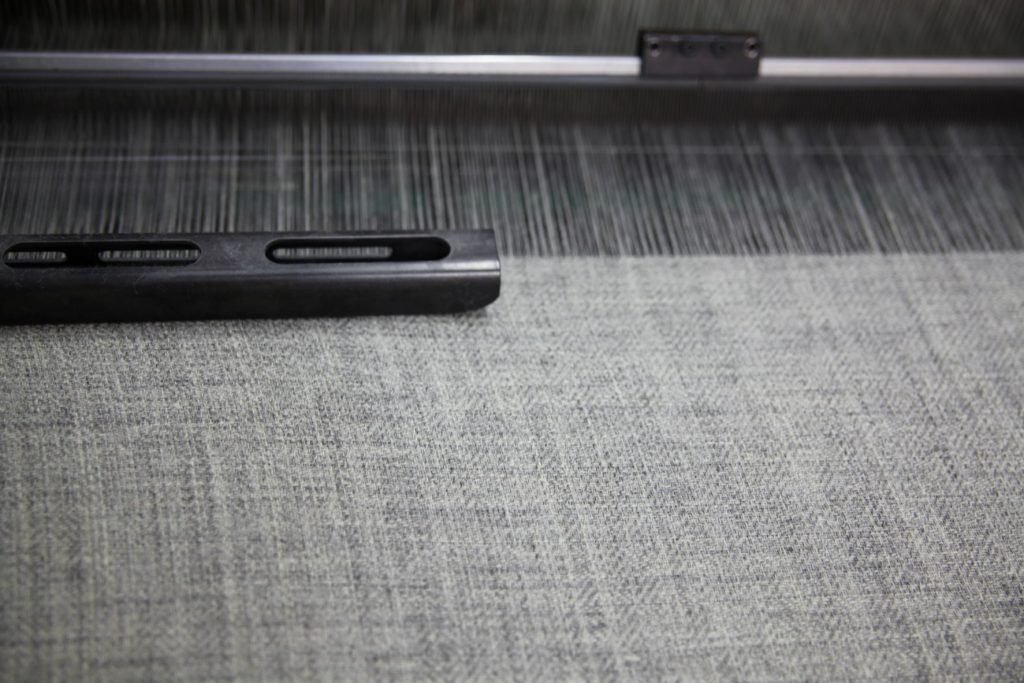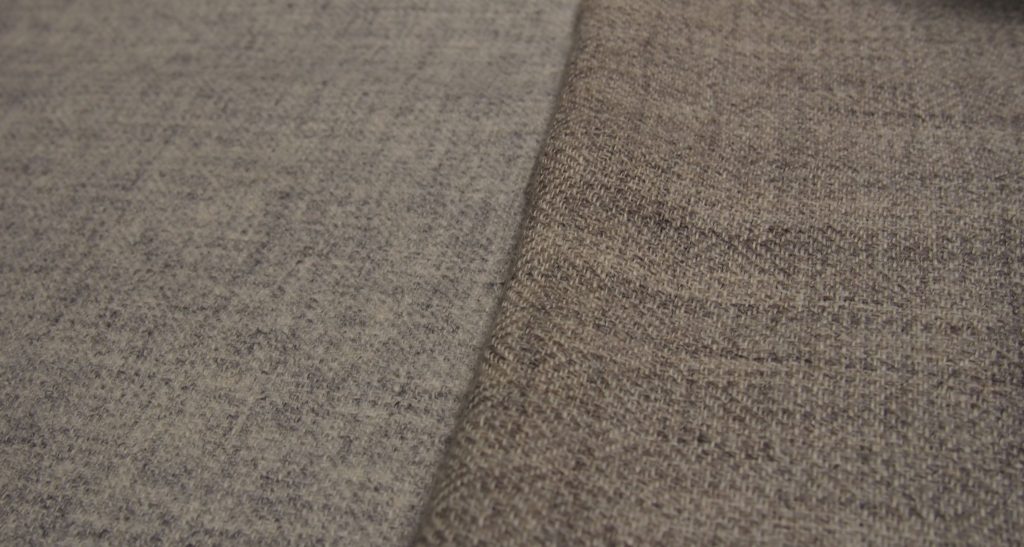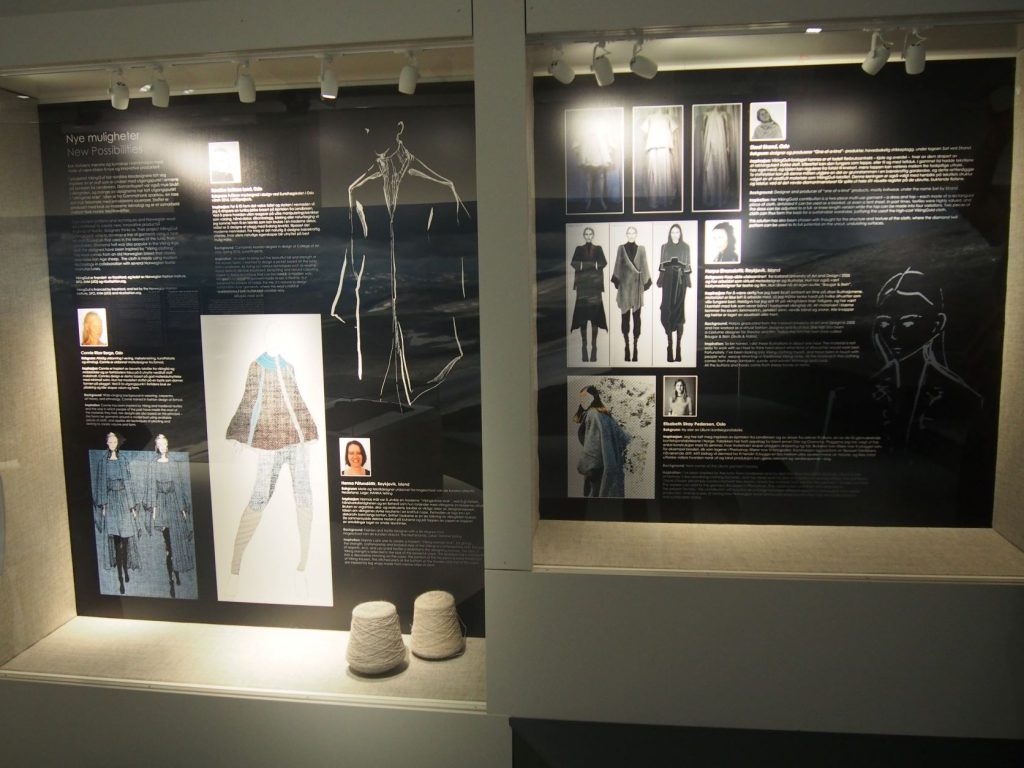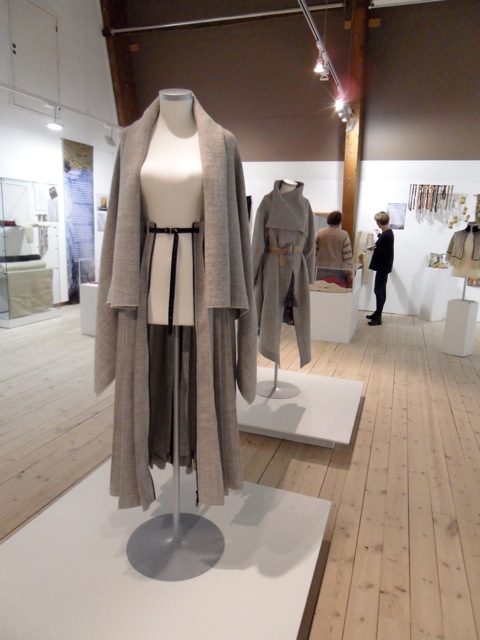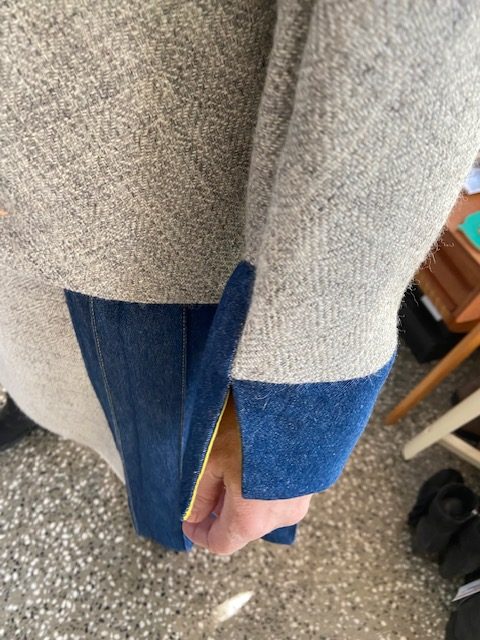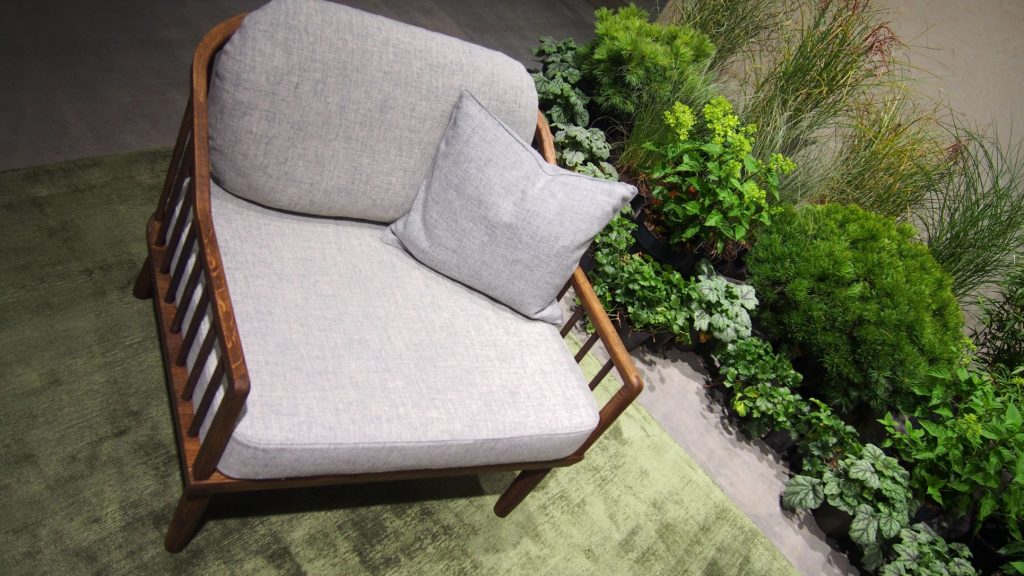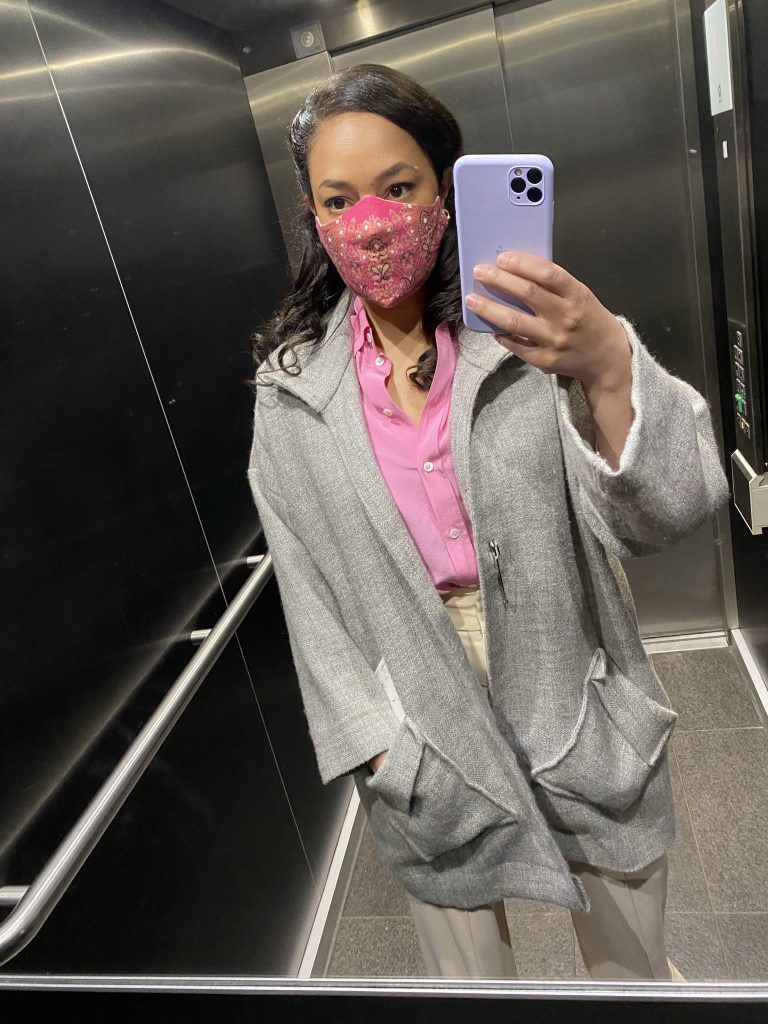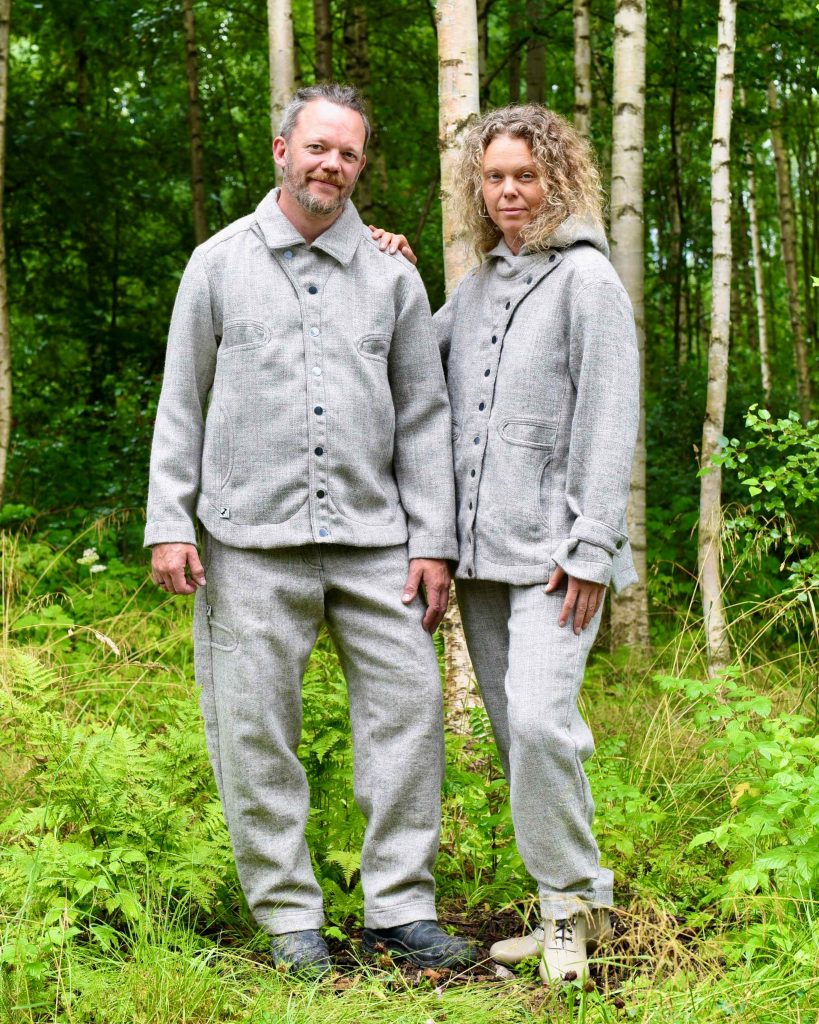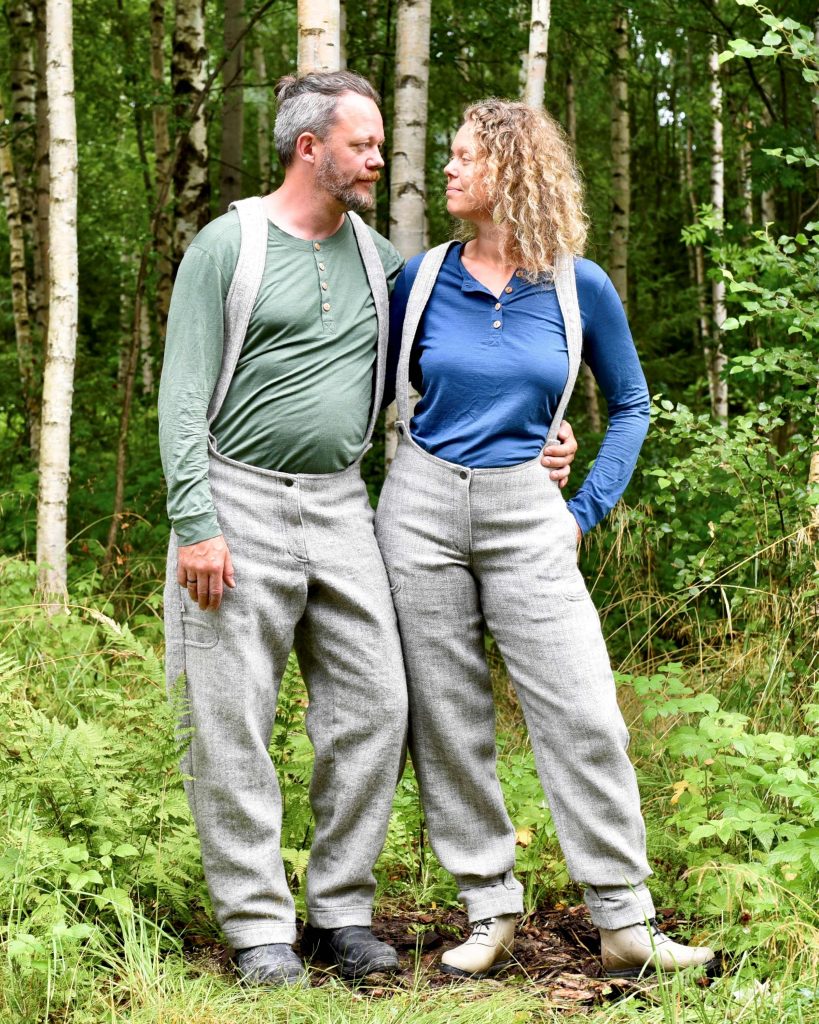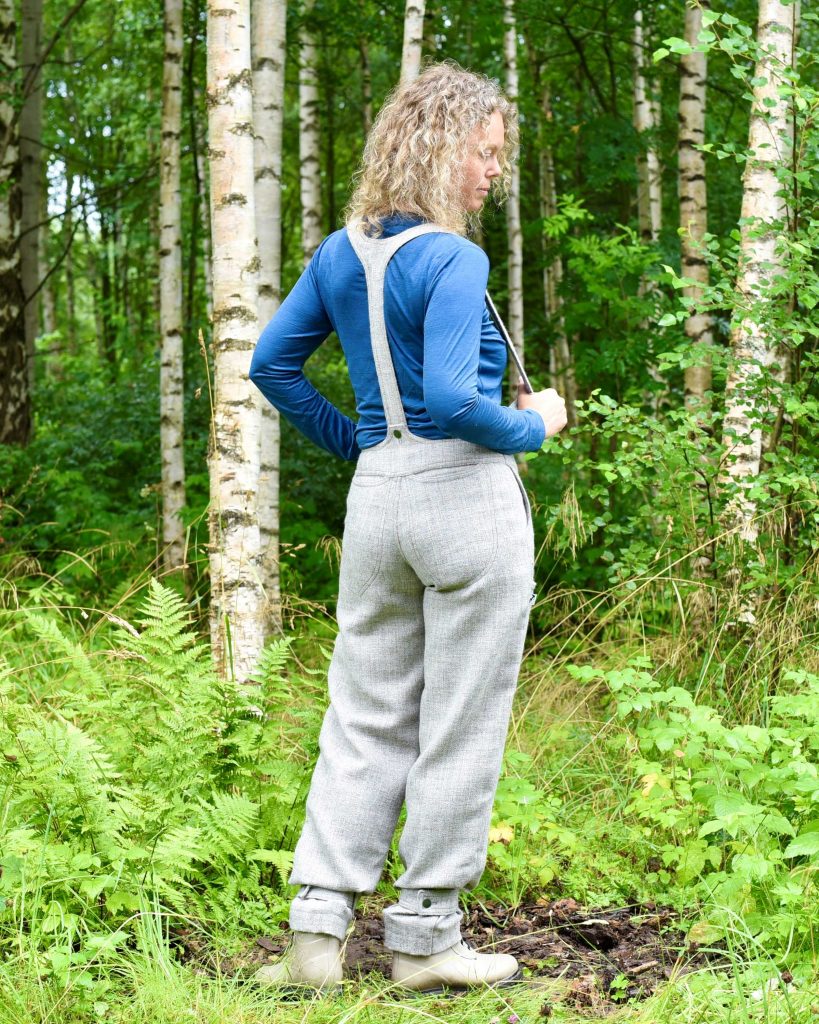Double whammy for Clothing Research
Two articles from Clothing Research at Consumption Research Norway have been accepted by the journal Fibers and are accessible online. The two articles are entitled Reducing plastic: Opportunities and obstacles for coarser wool in consumer goods and Natural and sustainable? Consumers’ textile fiber preferences.
More than half of the team in the Clothing Research group have contributed to these two chapters: Kirsi Laitala, Anna Schytte Sigaard (author on both articles), Lisbeth Løvbak Berg and Ingun Grimstad Klepp – the article on reducing plastics is co-authored with three from the University of Bielsko-Biala. In the first article, findings are presented that show that on a product level, the many inherent properties of wool create opportunities for product development and sustainability improvements, and that using coarser wool represents an opportunity for replacing plastics in many applications. This was done using a SWOT (Strengths-Weaknesses-Opportunities-Threats) analysis of results from a desktop study and interviews with producers of products made from wool, as well as policy documents relating to wool, waste, textiles, and plastic.
The second article looks at synthetic vs. natural fibers, consumer preferences, their view on sustainability and more importantly, consumers’ willingness to degrow their consumption. Interestingly, not only do Norwegian consumers prefer wool, they also believe that wool is the most sustainable choice of fiber, with polyester being the least. This is the exact opposite of what today’s most common measuring tool, the Higg Material Sustainability Index, tells us.

This article also offers proof that perceptions of high sustainability regarding fibers are negatively correlated with reduced consumption: “Our study suggests that a continued focus on material substitution and other technological measures for reducing climate change will impede the move toward sustainability in the textile sector.” The article raises the very pertinent question of how the perspectives of techno- and eco-centrism impact Norwegian consumers’ fiber preferences and perceptions, and how does this, in turn, affect their clothing consumption?
Technocentric or eco-centric?
On the one hand, green growth aims to de-couple growth in the textile industry from a reliance on virgin materials by keeping already-produced materials in circulation for as long as possible. In contrast to this technocentric perspective, the eco-centric degrowth narrative holds at its core ideas such as scarcity, reduced consumption, and lifestyle sacrifices at a time of shrinking resources for the Global North. “The eco-centric approach does not disregard technology but holds that we cannot rely solely on new and better technology. Instead, it focuses primarily on behavior change and argues that a paradigm shift is necessary to transform conventional fashion production and consumption.”
The respondents showed a high preference for natural fibers, especially wool, which was preferred by 72% of them, followed by cotton (63%), alpaca (38%), organic cotton (34%), linen (30%), silk (23%), bamboo viscose (22%), viscose (10%), and, finally, synthetics at the bottom of the scale, with polyester being preferred by only two percent, followed by recycled polyester (2%) and acrylic (1%). All the natural fibers were more popular than the manmade ones, and out of the manmade fibers, the synthetics were least popular, even recycled polyester. Almost half of the respondents said that they avoided polyester (47%) and acrylic (46%), and 35% avoided even recycled polyester.
Rebound effect?
Fiber preference was positively correlated with reduced clothing consumption, so that those who preferred more natural fibers had reduced their clothing consumption more than those who preferred synthetic fibers, which is interesting. This fits with the eco-centric perspective of degrowth and reduced consumption. However, it seems that believing that a fiber is sustainable, negatively affects consumption reduction. An explanation for this could be that if the fibers used to produce clothing are considered sustainable, reducing consumption is not necessary, which gives a rebound effect that could be seen as counter-productive, from an eco-centric perspective.
Therefore, consumers’ willingness to reduce consumption is important and may be weakened if the focus continues to be on fibers and materials, instead of reduced production and consumption. Read the article here (mdpi.com).
The wool-related article, does, to a certain degree, focus on the raw materials, and replacing one raw material (synthetic) with a natural fiber. To investigate the use of coarse wool, mainly from Polish sheep, product groups that do not require the softness of Merino wool were examined. Many of these products are currently made of plastic, mostly in the form of synthetic fibers. In addition, many of them are single-use, such as sanitary products and plant pots, but also sound-absorbing acoustic panels. The study found that making this switch, is dependent on local infrastructure and working small-scale enterprises. A shift to small-scale and local resource utilization requires systemic change on several levels: Here the findings show that policy can incentivize material usage transitions, but that these tools are little employed currently.

As synthetic textiles are an important, but often forgotten part of the increasing plastic waste problem, this article contributes to lift up innovative ideas to reduce our reliance on fossil-based materials. These textiles contain environmental toxins added during the processing of fiber and fabric, and through microfiber shedding synthetic textiles contribute up to 35% of the released microplastics which have been shown to end up in our lungs, oceans, animals, and even placentas.
SWOT analysis
A common factor is a focus on wool utilization as a waste management process and in non-textile products, rather than using the material in high-value textile products. The different aspects related to the coarse wool, were first placed in the SWOT table, then grouped into themes: Properties and product performance, Price and availability, Sustainability, and Regulations and policy. As common in SWOT analysis, one aspect can be both a positive and a negative aspect, e.g., coarser wool being more labor-intensive to use means that it creates more jobs, but at the same time it makes it more costly, as will be examined in the following.
The findings were divided into internal factors, which define the strengths and weaknesses of the internal environment, in this case, the material itself and its value chain directly, and external factors, defining opportunities and threats, that are determined by the external environment operated in, i.e., the overall market and competition. Efforts to utilize and valorize surplus, coarser wool, range from creating wool powders and keratin, fertilizers, substrates for biogas production, regenerating fibers from waste keratin, slug-repelling wool pellets, insulation, water purification to bio-composites.
The lack of focus on surplus wool
As a by-product, the wool to some extent becomes invisible in that the wool is mainly disposed of on the farms directly and therefore does not enter into any formal waste management system. When the EU Strategy for Sustainable and Circular Textiles does not even mention local wool – or the possibilities that wool and other local EU fibers hold – but discusses local solutions solely as future potential recycling plants, this can be challenged through the results shown in this article. In order to replace more plastic with wool, different types of wool need to be used where they are best suited. This also raises the question of how much under-utilized or surplus wool is actually out there?
In addition, using the coarse wool represents an opportunity to replace particularly problematic plastic products. The study found that several of the examined products are today mainly made of plastic, including the products where plastic cannot be recycled and therefore represent a waste problem. It is unlikely that all such plastic can be replaced by wool, but it is nevertheless important to develop alternatives and at the same time exploit available natural materials: “It is important to remember that the extensive use of plastic is relatively new in human history and that a range of solutions existed before these products invaded the market.”
To read this article, click here (mdpi.com).
